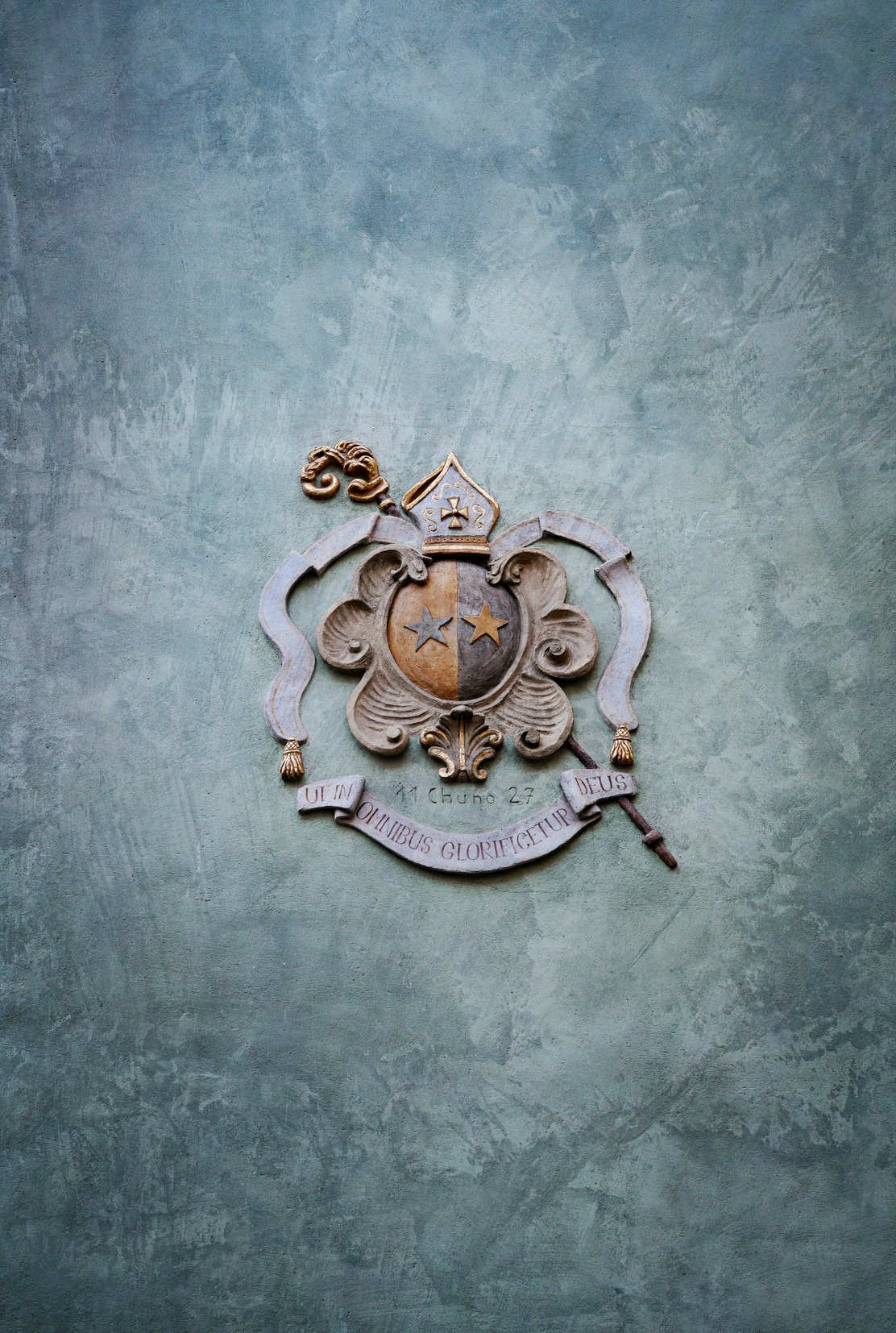A family crest is more than just a visual representation; it is a symbolic embodiment of a family’s identity, history, and values. In this comprehensive exploration, we will delve into the intricacies of family crests, decipher the relationship between family crests and coats of arms, unravel the art of heraldry, discuss the types of family crests, and address common queries such as how to find a family crest and whether all families possess one.
What Is a Family Crest?
At its core, a family crest is a unique heraldic design on a shield or escutcheon or on a surcoat or tabard used to cover and protect armor and to identify the wearer. It serves as a visual representation of a family’s history, achievements, and values. These distinctive symbols are passed down through generations, creating a visual narrative of a family’s lineage and standing as a source of pride and identity.
What Is a Coat of Arms?
Often used interchangeably with family crests, a coat of arms is a broader concept that encompasses the entire heraldic achievement. A complete coat of arms typically includes a shield, crest, helmet, mantling, supporters, and a motto. The shield, at the center of this composition, is what we commonly refer to as the family crest. The elements surrounding the shield provide additional information about the family’s history, accomplishments, and allegiances.
What Is Heraldry?
Heraldry is the study and practice of creating, displaying, and interpreting coats of arms and family crests. Originating in medieval Europe, heraldry has evolved into a sophisticated system of visual communication, using colors, symbols, and designs to convey a family’s lineage, achievements, and aspirations. The rules and conventions of heraldry are guided by tradition and passed down through heraldic authorities.
Types of Family Crests
Family crests come in various types, each with its unique characteristics and meanings. Some common types include:
Pictorial Crests: These crests feature animals, objects, or symbols that hold significance to the family’s history or values. For instance, a lion may symbolize courage or strength.
Occupational Crests: Representing the family’s profession or trade, these crests often incorporate tools, objects, or symbols associated with a specific occupation.
Geographical Crests: These crests may include symbols or elements linked to the family’s place of origin or residence, such as mountains, rivers, or landmarks.
Heraldic Crests: Derived from traditional heraldic symbols, these crests often feature elements like shields, helmets, and mantling, adhering to the established rules of heraldry.
Ancestral Crests: Based on the family’s ancestry or lineage, these crests may incorporate symbols associated with the family’s heritage or historical figures.
How Can You Find a Family Crest?
Discovering your family crest can be a fascinating journey into your ancestral history. Several trusted methods as a family crest finder:
Genealogical Research: Start by tracing your family’s genealogy. Consult family records, historical documents, and genealogical databases to uncover information about your ancestors and their heraldic symbols.
Heraldic Databases: Online databases and repositories specializing in heraldry can be valuable resources. Many heraldic authorities maintain extensive archives that can help you identify and understand your family crest.
Consulting Experts: Seek the assistance of heraldic experts or genealogists who specialize in family history. They can guide you through the process of discovering and interpreting your family crest.
Family Archives: Explore your family’s archives and heirlooms. Old family documents, manuscripts, or artifacts may provide visual representations or descriptions of your family’s heraldic symbols.
Do All Families Have a Family Crest?
While many families possess a family crest, it’s essential to note that not every family has a heraldic tradition. In some cultures or regions, the use of coats of arms and family crests was more prevalent among the nobility and aristocracy. Additionally, certain families may not have a documented heraldic history or may have lost their heraldic symbols over time.
Families that historically held positions of power or were involved in notable events were more likely to adopt and pass down heraldic symbols. Commoners, on the other hand, may not have had the same tradition of heraldry.
In the absence of a documented family crest, individuals and families may choose to create or adopt a new heraldic design that reflects their identity and values.
Conclusion:
Family crests are not merely decorative symbols; they are intricate expressions of heritage, identity, and legacy. Whether exploring the rich history of a well-documented family crest or embarking on a journey to create a new one, understanding the significance and artistry behind these heraldic emblems adds depth to the tapestry of familial connections. As we unravel the mysteries of family crests, we unearth stories that connect us to our roots, fostering a sense of pride and appreciation for the diverse heraldic traditions that have shaped our lineages across generations.
